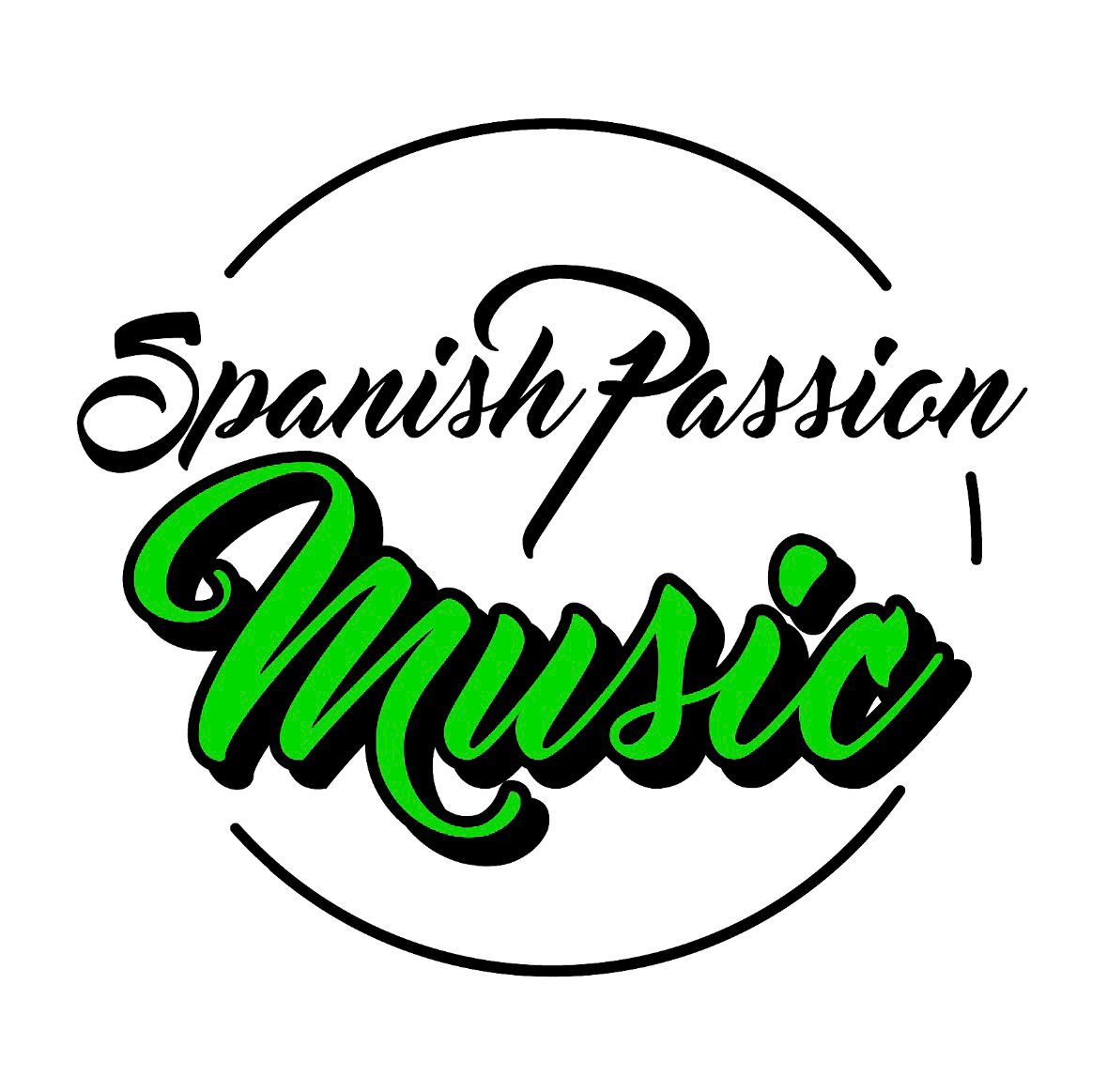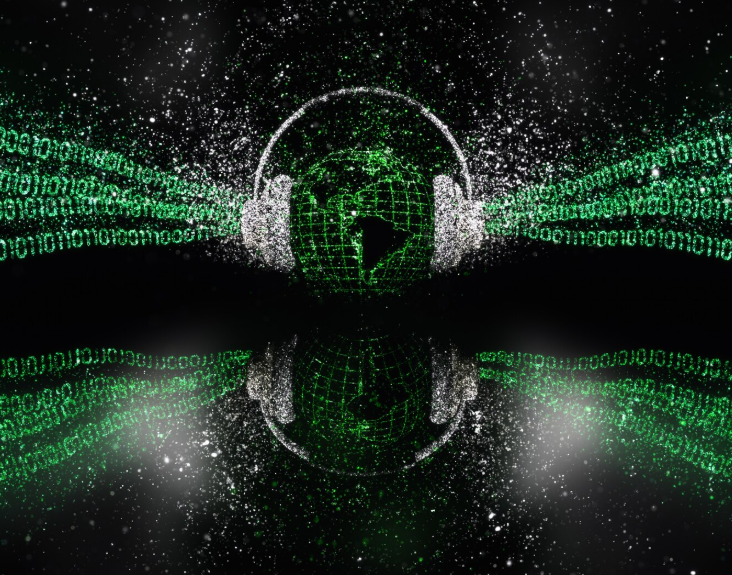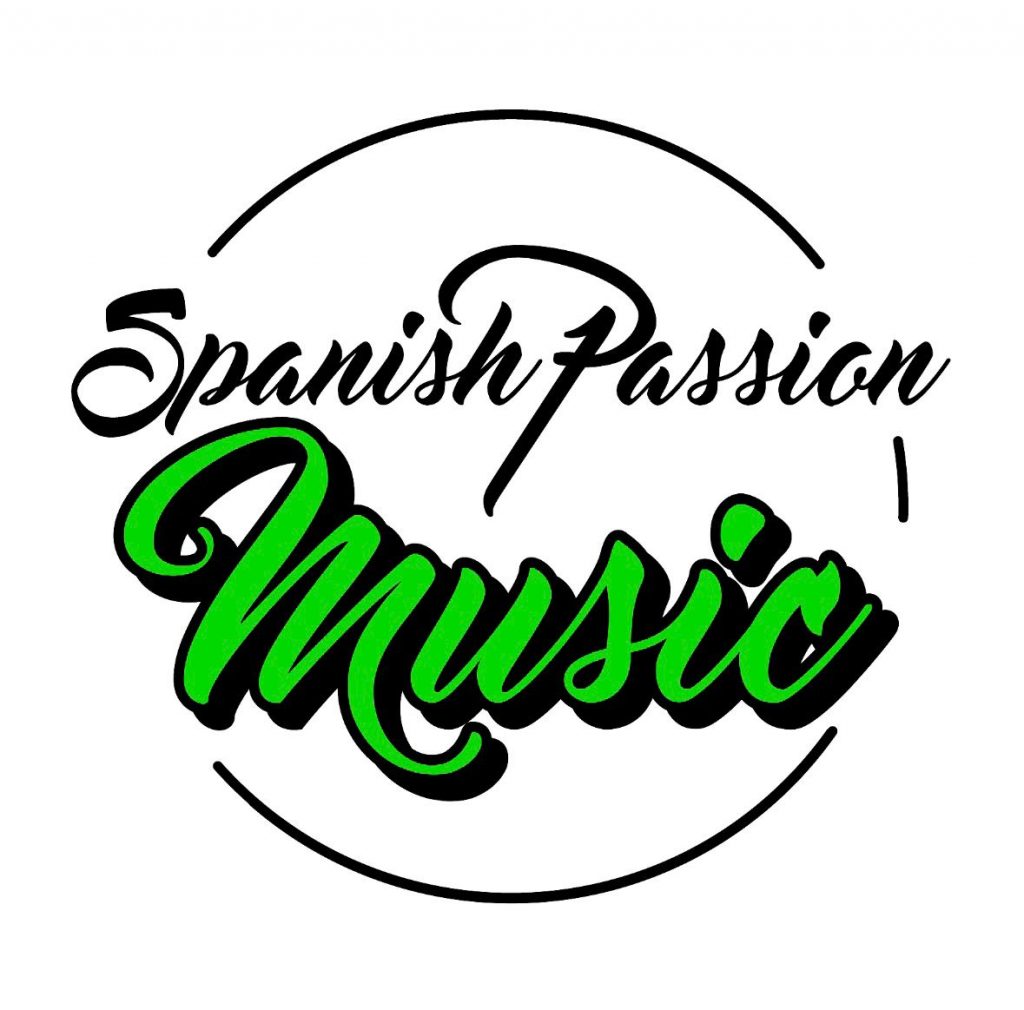You upload a song, you see it has streams, and you wonder: And when do I get paid for this?
Digital distribution generates revenue, yes. But understanding how and when to charge realistically is key to planning your career, your investments and your next steps.
Here we explain how payments work in digital distribution, where the revenue comes from and why not everything arrives on the same day.
1. Who really pays you?
The revenue does not come directly from Spotify, Apple or TikTok to your account. The process goes like this:
Platforms (DSPs) →
Distributor →
You (artist or label)
Each platform pays its revenues to the distributor, and the distributor distributes them to the artist according to the agreement (minus commissions, if any).
2. Why do payments take so long?
Most platforms pay between 45 and 90 days after the month in which the streams were generated.
Real example:
- Your song plays in January
- Spotify settles this income at the end of March.
- The distributor pays you in April (if it closes the month and reports up to date).
It is normal for you to charge 2 to 3 months after the income has been generated.
3. Which platforms pay the most and which pay the least?
This varies by country, user type and platform. But as a general (rough) guide:
| Platform | Payment per stream (estimated) |
|---|---|
| Apple Music | High |
| Spotify | Medium |
| Deezer | Lower-middle |
| Amazon Music | Medium |
| YouTube Music | Under |
| TikTok / Reels | Very low, but high volume |
Important: what is relevant is not how much a platform pays, but how you can build loyalty there..
4. What is a royalty report and how do I read it?
A royalty report details:
- Settled period
- Platform
- Territory
- Income generated
- Number of streams
- Commission applied (if any)
A good distributor gives you clear, downloadable reports organised by date. If the report is a raw Excel file with hundreds of lines and no summary... you're probably in the dark.
5. Can I charge less than I expected?
Yes, and it is usually due to:
- Streams in territories with low monetisation
- Users with a free (non-premium) account
- Use of promotions, discounts or bundle subscriptions
- Very short or skipped streams
- Metadata errors (bad registration = not paid well)
That is why it is key to work with someone who review your submissions before publishing them.
Conclusion
Charging for your music is possible, but it requires time, clarity and good accompaniment. Understanding how the payment system works allows you to be more organised and not get frustrated when you see streams but no immediate income.


